If you’re not quite sure how this saying goes, no worries: Starving is definitely not the right solution.
When your food consists of a nourishing diet, your body responds in kind. Foods that are nutrient dense assist in fighting infections and may reduce and prevent illness. Let’s get to know the best sources.
Antioxidants
These can help keep your immune system strong. Antioxidants, which include beta carotene and vitamins C and E, are essential nutrients and can help keep your immune system strong. They help protect your body on the inside. One way they do that is to target “free radicals,” which are molecules that can harm things including cell membranes. By taking away their destructive power, antioxidants may help you stay healthy or bounce back faster if you do get sick.
The best way to include them in your diet is to eat more fruits and vegetables. If you cook them, use as little liquid as possible to keep the nutrients in the food.
Foods rich in beta carotene and other carotenoids include:
Apricots
Asparagus
Beef liver
Beets
Broccoli
Cantaloupe
Carrots
Corn
Dark Chocolate-yes you read that correctly
Guava
Kale
Mango
Mustard and collard greens
Nectarines
Peaches
Pink grapefruit
Squash
Sweet potato
Tangerines
Tomatoes
Watermelon
Bioflavonoids
Foods rich in bioflavonoids may also help you stay in tip top health. Research shows that these key nutrients help to boost immune system activation. These natural substances accompany vitamin C in plants and act as an antioxidant.
Food sources: You can find bioflavonoids in the pulp and pith in the center of citrus fruits, green peppers, lemons, limes, oranges, cherries, and grapes.
Foods rich in vitamin C
Fruits and vegetables are the best sources of vitamin C. Citrus fruits, tomatoes and tomato juice, and potatoes are major contributors of vitamin C to the American diet. Other good food sources include red and green peppers, kiwifruit, broccoli, strawberries, Brussels sprouts, and cantaloupe. Although vitamin C is not naturally present in grains, it is added to some fortified breakfast cereals.
Getting plenty of C may be especially important for pregnant moms and infants.
Recent studies in Seoul, South Korea, reported higher birth weights among babies born to mothers with high vitamin C levels. Further, the European Journal of Clinical Nutrition suggests that vitamin C in breast milk may reduce the risk of allergic dermatitis in predisposed infants.
Fruits with the highest sources of vitamin C include:
Berries-Strawberries, raspberries, blackberries, gooseberries, blueberries, cranberries
Broccoli, Brussels sprouts,
Cantaloupe, Cauliflower and Citrus fruits and juices, such as orange and grapefruit
Kiwi fruit
Mango
Papaya and Pineapple
Potatoes
Watermelon
Spinach, Cabbage and Turnip greens
Tomatoes and tomato juice
Winter squash
Vegetables with the highest sources of vitamin C include: Green and red peppers
Cooking vitamin C-rich foods or storing them for a long period of time can reduce the vitamin C content. Microwaving and steaming vitamin C-rich foods may reduce cooking losses. The best food sources of vitamin C are uncooked or raw fruits and vegetables. Fortunately, many of the best food sources of vitamin C, such as fruits and vegetables, are usually consumed raw. Consuming five varied servings of fruits and vegetables a day can provide more than 200 mg of vitamin C.
How Much You Need
The current recommended daily intake for men is 90 mg and for women it is 75 mg. “Don’t waste your money on mega-doses of vitamin C,” says Higdon. A National Institutes of Health study showed that the body can only absorb a maximum of about 400 milligrams a day; more than that simply washes out of the system (the upper tolerable limit for vitamin C has been set at 2,000 milligrams per day). Follow the latest advice to eat between five and nine servings of fruits and vegetables a day and chances are you’ll get all you need—especially if you choose several foods high in C.
Phytochemicals and Glutathione
Phytochemicals Glutathione are found in plants and fruits, A diet that includes a variety of grains, fruits, and non-starchy vegetables are a great choice.
Foods rich in Phytochemicals include :
• Apples
• Apricots
• Broccoli
• Brussels sprouts
• Cabbage
• Carrots
• Cauliflower
• Fresh Garlic
• Legumes
• Onions
• Sweet potatoes
• Yams
• Tomatoes.
Protein
Protein is essential for building and repairing tissue, and for fighting infection.
Choose protein sources that are nutrient-rich and lower in saturated fat and calories, such as:
• Canned Tuna (I recommend Safe Catch) https://safecatch.com/
• Lean, organic, grass-fed beef meats
• Seafood-click before you pick-http://www.seafoodwatch.org/
• Beans
• Soy
• Cottage cheese
• Nut butters
• Eggs-organic, range free, no antibiotics
• Sweet Potato
• Lentils
• Quinoa
• Broccoli, Spinach and other leafy greens
• Nuts and seeds. Especially pumpkin seeds with over 9 gr. Per serving
Remember variety is King! Choose different protein sources to get the best of all sources.
Good ole Chicken Soup
Chicken soup appears to help fight colds in at least two research studies. It helps clear nasal congestion as well as thin mucus so you can better cough it up. Also, research shows it may have a mild anti-inflammatory effect that can help ease cold symptoms.
Time for Tea
Drinking hot tea is another great old home remedy. Hot tea helps to thin mucus and ensure proper hydration of the body. Green and black teas are filled with flavonoids, which are potent antioxidants.
The Bottom Line-
Keep meals and snacks on the lighter side. Paying attention to you’re the messages your body is sending.
Stay Hydrated!
Steer clear of sugar, especially processed sugar. Not only is sugar not helping you get and stay better but it could actually make you much sicker, lowering your resistance and potentially attracting a secondary infection like bronchitis or pneumonia. Stay Home- going out in public is harming not only your health but the health of others, and it could lengthen your illness.
Finally, get Lots of Rest.
None of these things will absolutely keep you from getting that dreaded bug but stacking the deck in your favorite and taking care of yourself most certainly are the best methods for your overall health and wellness.
DISCLAIMER–The views and opinions expressed here are based solely on personal experience, research and my interactions other professionals in the field of health and wellness. This article is not a diagnose, or medically based advise. Your experiences and sentiments may differ from my own. If you are suffering from any serious medical condition, you should consult your doctor or naturopath for a diagnosis.



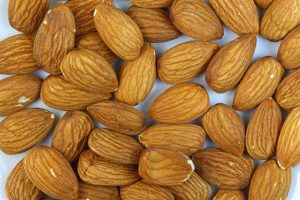
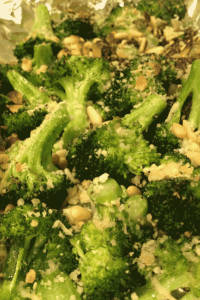
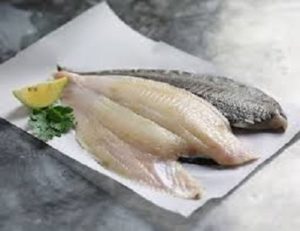
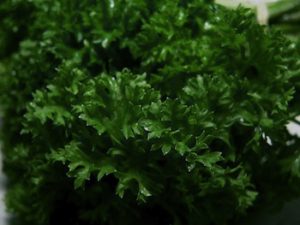

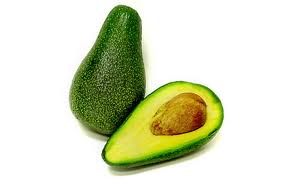

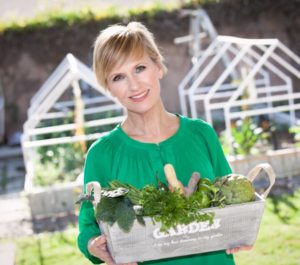 Set up your Kitchen Coaching session Today:
Set up your Kitchen Coaching session Today: